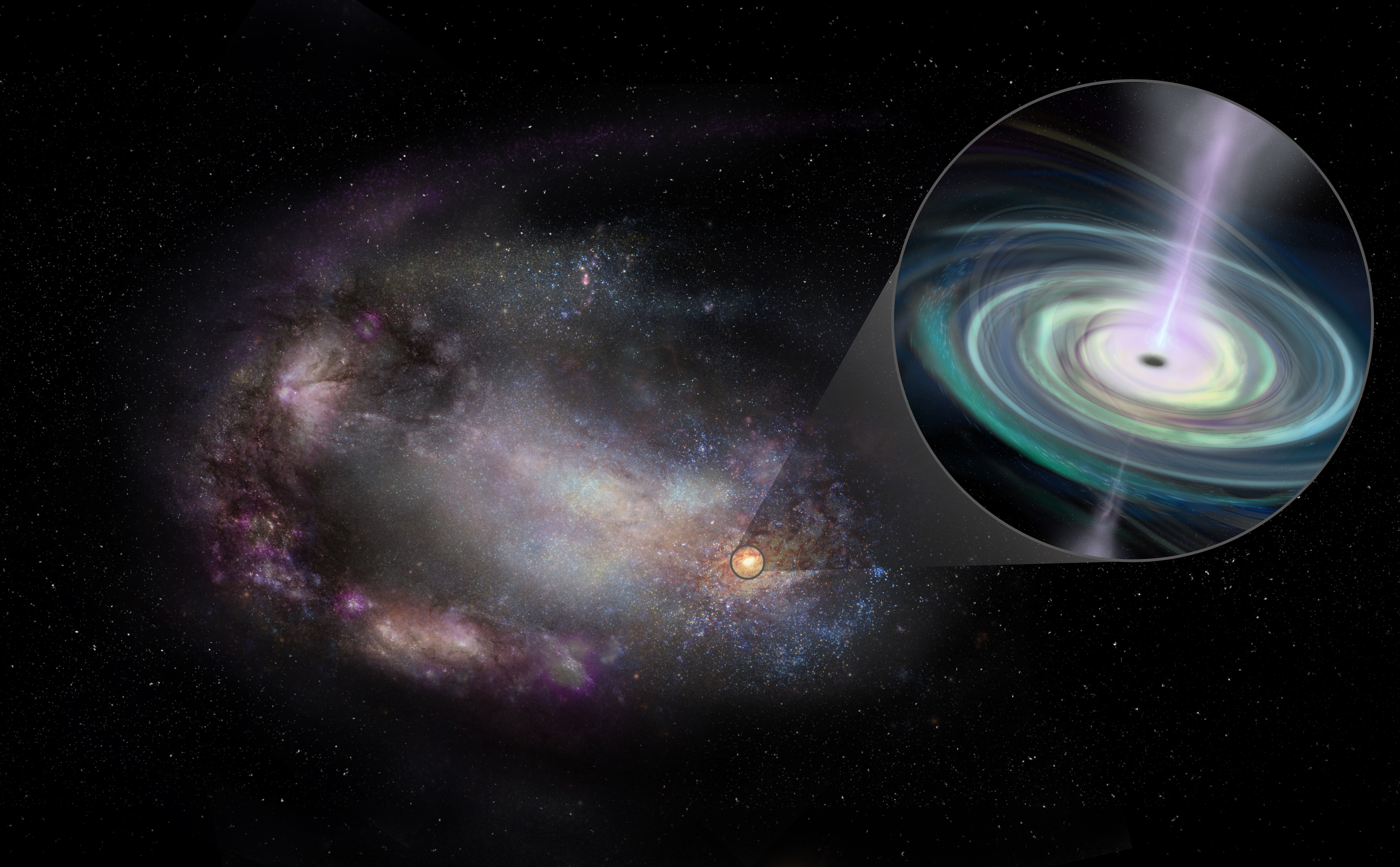The Origin of Supermassive Black Holes
2020 - Reines

Over the past two decades we have come to appreciate that essentially every giant galaxy, including our own Milky Way, harbors a supermassive black hole at its center. These monster black holes, with masses of millions or even billions of times the mass of our Sun, feed on surrounding gas and sometimes even consume stars, ripping them apart along the way. A black hole eating infalling matter will produce observable radiation and can release enormous amounts of energy, significantly affecting the future evolution of its host galaxy.
Despite the significant role of supermassive black holes in the Universe, their origin is far from understood. We do not know how the initial “seed” black holes formed in the early Universe, how massive they were originally, or in what types of galaxies they formed. The growth of supermassive black holes over cosmic history appears to be linked to the build-up of their host galaxies, with more massive galaxies generally harboring more massive black holes. Therefore, finding and studying the smallest “dwarf” galaxies hosting supermassive black holes can provide clues to the origin of supermassive black holes.
The primary goal of this work is to advance our understanding of the birth and growth of supermassive black holes. In particular, the major scientific goals of this project are to (1) systematically search for supermassive black holes in dwarf galaxies using multi-wavelength observations and a variety of techniques, (2) characterize the least-massive galaxies that can form a supermassive black hole, (3) measure the masses of the smallest black holes to constrain seed masses, (4) determine the accretion and radiative properties of low-mass black holes in dwarf galaxies, and (5) probe black hole feedback in dwarf galaxies to inform galaxy formation models at all mass scales. Ultimately, this work will improve our understanding of black holes in dwarf galaxies and the mechanism that seeded the first black holes in the earlier Universe.
Contact Info
|
|
